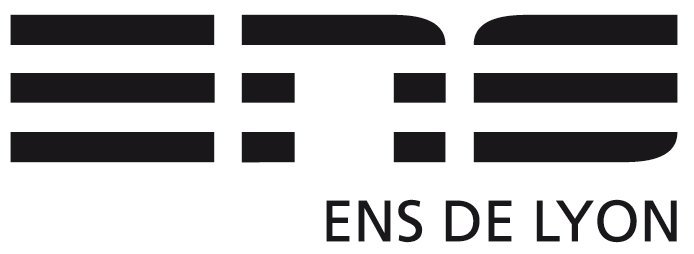| Vincent Langlois | ||
| professional website |
How can we change the model of the flow to predict correctly the clearance rate, without having to describe precisely the way the flagellum beats or flaps ? We postulated that an important effect of the flagellum on the nature of the flow was to make it assymmetrical (contrary to the Stokes flow) around the cell. We can model this effect by replacing the flagellum by an external point-force (Stokeslet), or by a "conveyor belt" behind or in front of the cell. In both cases, we solved numerically the hydrodynamic equations and showed that the assymmetry enhances significantly the clearance rate, leading us to values closer to the experimental ones.

Besides, the calculation shows that a short flagellum is more efficient to collect more nutrients, but at the expense of an increased drag force on the cell: a long flagellum, on the other hand, would be recommended to swim fast.
|
© Copyright 2007-23.
Vincent Langlois
|  | 
|


